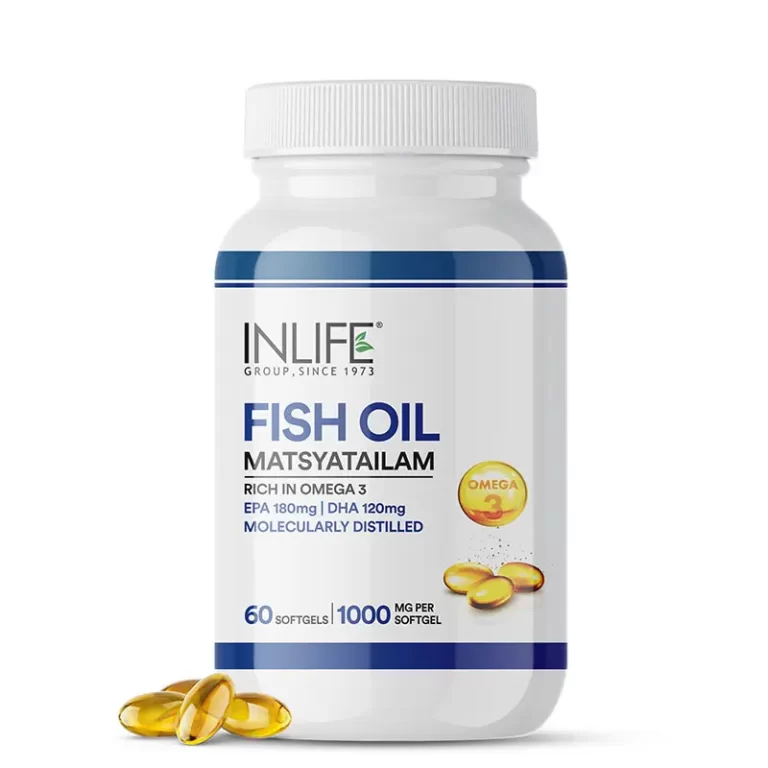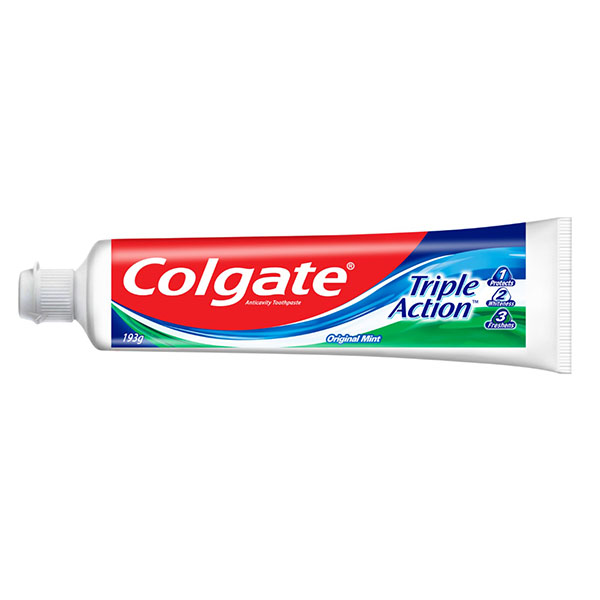
Debunking Myths: Is Titanium Dioxide Safe in Toothpaste?
Is Titanium Dioxide Safe in Toothpaste?
The inclusion of titanium dioxide in toothpaste raises important questions about safety and health. This common ingredient serves multiple purposes, particularly providing a whitener and improving texture. Concern exists regarding its potential effects when used in personal care products. Is titanium dioxide safe in toothpaste? Understanding titanium dioxide’s role in toothpaste emphasizes the importance of informed consumer choices. Recent discussions have brought this topic to the forefront of oral health discussions.
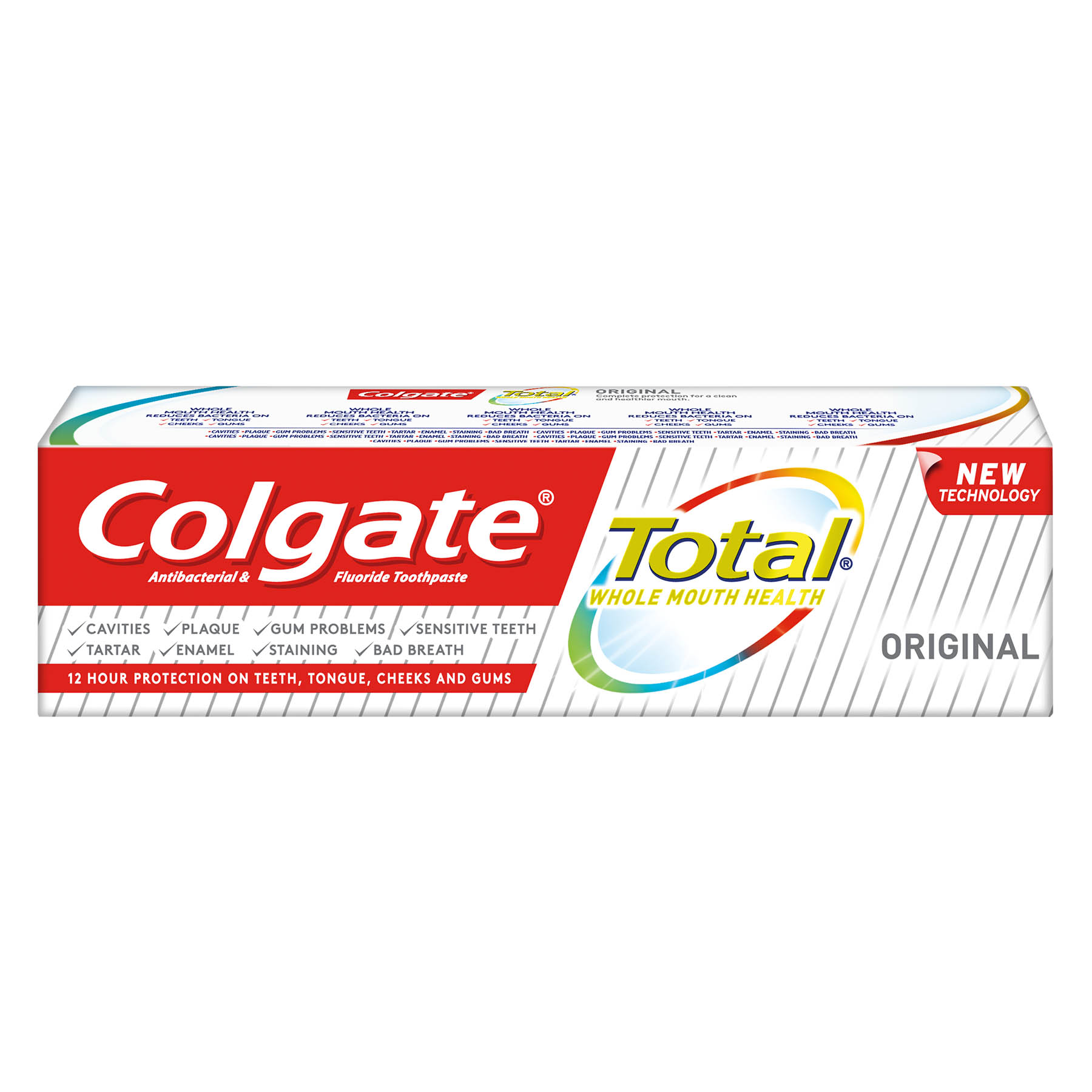
What is Titanium Dioxide?
Titanium dioxide, often abbreviated as TiO2, is a white, opaque powder. Is titanium dioxide safe in toothpaste? It derives from titanium, a naturally occurring element found in minerals. Many industries use titanium dioxide due to its pigmenting properties and UV filtering abilities. In consumer products, it’s commonly found in paints, sunscreens, and even food products.
In toothpaste, titanium dioxide enhances the product’s appearance. It provides a bright, uniform color that many consumers expect in their dental care products. This brightening effect can create a more appealing aesthetic that attracts buyers. Additionally, titanium dioxide contributes to the creamy texture that makes toothpaste easy to apply and spread.
Titanium dioxide is classified as safe when used correctly. Regulatory agencies, including the Food and Drug Administration (FDA), deem its use in various products appropriate. However, the safety of titanium dioxide remains under scrutiny, particularly regarding potential ingestion through dental products.
Discussions surrounding titanium dioxide often focus on its nanoparticle form. Some studies suggest that nanoparticles may pose health risks if absorbed in significant quantities. Understanding these concerns encourages informed decision-making among consumers who prioritize safety in personal care products.

Regulations Governing Titanium Dioxide in Toothpaste
Regulations regarding the use of titanium dioxide ensure consumer safety. Regulatory bodies, such as the FDA and the European Food Safety Authority (EFSA), monitor substances used in consumer products. These organizations evaluate the safety of ingredients like titanium dioxide before allowing them in commercial products.
In the United States, the FDA considers titanium dioxide safe for use in food and cosmetics, including toothpaste. The agency reviews scientific studies to determine the ingredient’s safety profile. These reviews help ensure that consumers can trust the products they use daily.
Similarly, regulations in Europe outline the safe use of titanium dioxide in personal care products. The EFSA has concluded that titanium dioxide is safe when used in cosmetics, provided it meets certain criteria. This guidance ensures that manufacturers adhere to health and safety standards when formulating toothpaste and other products.
Despite regulatory approvals, some safety concerns exist among consumers. Discussions about potential respiratory risks due to inhalation of nanoparticles have raised eyebrows. Awareness of these concerns prompts consumers to research the safety of ingredients in their dental care products.
Overall, regulatory bodies play a crucial role in assessing the safety of substances like titanium dioxide. Their evaluations help consumers feel more confident in the products they choose.
Benefits of Titanium Dioxide in Toothpaste
Is titanium dioxide safe in toothpaste? The addition of titanium dioxide to toothpaste offers several benefits. First, its primary role as a whitening agent enhances the product’s visual appeal. Many consumers associate bright white toothpaste with cleanliness and effectiveness. This aesthetic benefit can influence purchasing decisions in favor of products containing titanium dioxide.
Next, titanium dioxide contributes to the texture and consistency of toothpaste. It allows for a smooth and creamy formulation that improves user experience. The enhanced texture makes it easier to apply and spreads evenly across teeth during brushing. This factor contributes to an enjoyable brushing experience.
Moreover, titanium dioxide serves as a mild abrasive in some formulations. As a gentle abrasive, it helps remove plaque and surface stains from teeth. This property enhances the product’s overall effectiveness in maintaining oral hygiene. Clean, smooth teeth contribute to better dental health and appearance.
Additionally, titanium dioxide can help stabilize toothpaste formulations. It aids in preventing ingredients from separating, ensuring a consistent product. This stabilization improves shelf life and maintains effectiveness over time.
These benefits highlight the advantages of titanium dioxide in toothpaste formulations. Balancing safety with efficacy ensures that consumers receive high-quality products for their oral care routines.
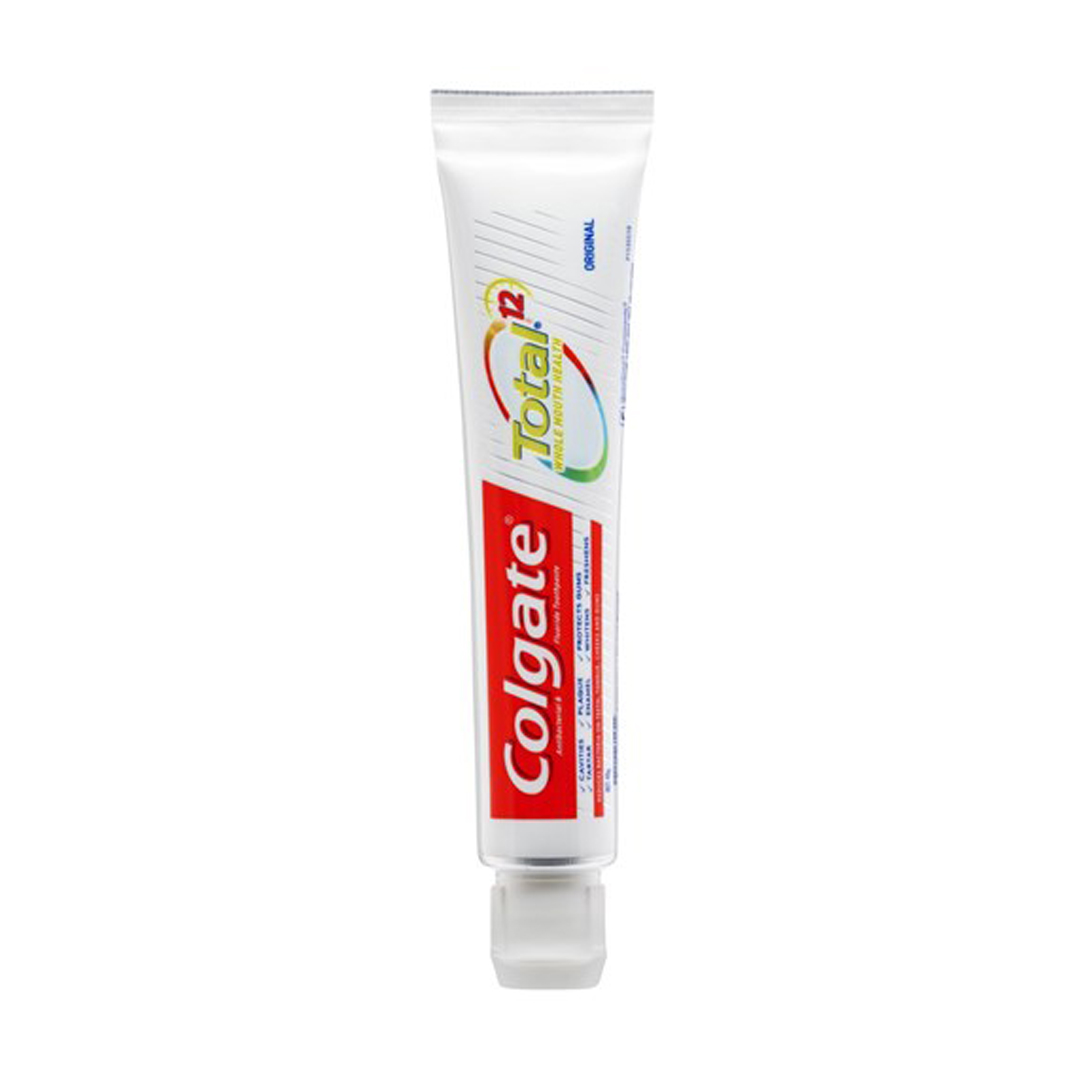
Safety Concerns and Research
Despite the benefits of titanium dioxide, safety concerns persist. Many discussions focus on the potential health risks associated with its use. These apprehensions often center around nanoparticle forms of titanium dioxide. Research into the impact of nanoparticles raises important questions about long-term exposure.
Some studies suggest that inhalation of titanium dioxide nanoparticles may lead to respiratory issues. Concerns arise primarily from occupational settings, where exposure levels can be higher than in general consumer use. However, the likelihood of significant inhalation exposure from toothpaste remains low.
Ingesting titanium dioxide through oral care products is another area of concern. While regulatory bodies deem it safe for use in small quantities, ongoing research explores its long-term effects. Some studies indicate potential links between titanium dioxide and adverse health outcomes, but conclusive evidence remains limited.
Moreover, the debate surrounding titanium dioxide extends beyond oral care products. Ingesting titanium dioxide through food products has raised questions about possible health effects. Scientific communities continue to investigate these matters, contributing to the complexity of discussions about safety.
Promoting awareness of safety concerns encourages consumers to make informed choices. Understanding the ongoing research empowers individuals to weigh benefits against potential risks.
Alternatives to Titanium Dioxide
Is titanium dioxide safe in toothpaste? Many consumers seek alternatives to titanium dioxide in their toothpaste. Several natural and organic brands offer toothpastes free from this ingredient. These alternatives emphasize plant-based ingredients and natural whiteners while still providing effective cleaning.
Some toothpastes rely on baking soda as a whitening agent. This natural abrasive effectively removes stains and plaque without the need for chemical additives. This choice appeals to those looking for a more holistic approach to oral care.
Activated charcoal has gained popularity as another alternative. This ingredient works by absorbing impurities and helping to whiten teeth naturally. However, consumers should approach charcoal toothpastes with caution, as they can be abrasive. Overuse may lead to enamel damage, so moderation is key.
Some brands utilize natural clay or silica to provide gentle abrasiveness. These ingredients can effectively remove stains and polish teeth without the presence of titanium dioxide. Many natural toothpaste brands focus on using safe and effective alternatives to cater to consumers’ preferences.
Ultimately, the rise of alternatives highlights the importance of informed choices in personal care products. The availability of various options allows consumers to select products that align with their values and health concerns.

The Consumer Perspective on Titanium Dioxide
Understanding consumer perspectives regarding titanium dioxide is essential for manufacturers. Increasing awareness of ingredient safety influences purchasing decisions. Many consumers actively seek transparency in product formulations. They desire confidence in the products they use daily.
A significant number of individuals express concerns about synthetic ingredients. Many consumers prefer to choose products that rely on organic or natural components whenever possible. This trend reflects a broader push toward cleaner, more sustainable beauty and personal care products.
Online forums, social media, and review sites play a key role in shaping these perceptions. Consumers often share experiences and concerns regarding products and their ingredients. This sharing of information contributes to a growing landscape of awareness surrounding titanium dioxide.
Furthermore, as more research emerges, consumer perspectives may shift. Ongoing studies exploring long-term effects can impact trust and reliance on titanium dioxide in products. Understanding these shifts can help brands respond to consumer demand for safer alternatives.
Manufacturers must stay attuned to these changing perspectives. Being proactive and transparent about ingredient use fosters trust with consumers. Ultimately, prioritizing consumer concerns enhances brand loyalty and product appeal.
Future Research and Trends
Future research surrounding titanium dioxide and its safety in toothpaste will likely shape industry trends. Ongoing studies will delve deeper into its potential effects on oral health. This exploration could lead to new guidelines for safe usage in consumer products.
Additionally, heightened consumer demand for transparency will impact future product formulations. Brands may adopt clearer labeling practices and communicate ingredient sources more effectively. Open dialogues with consumers about ingredient safety will foster trust.
The emergence of innovative alternatives emphasizes the need for brands to adapt. As more consumers seek natural and organic formulations, manufacturers will need to respond by developing safer options. This trend may shift the landscape of toothpaste production as consumer preferences evolve.
Moreover, sustainability continues to become a priority in the beauty industry. Brands may need to consider the environmental impact of titanium dioxide production. Addressing the concerns about sustainability could influence consumer choices moving forward.
Ultimately, continuing research and changing consumer trends will guide future product development. Being responsive to these advancements ensures that manufacturers remain at the forefront of safe product offerings.
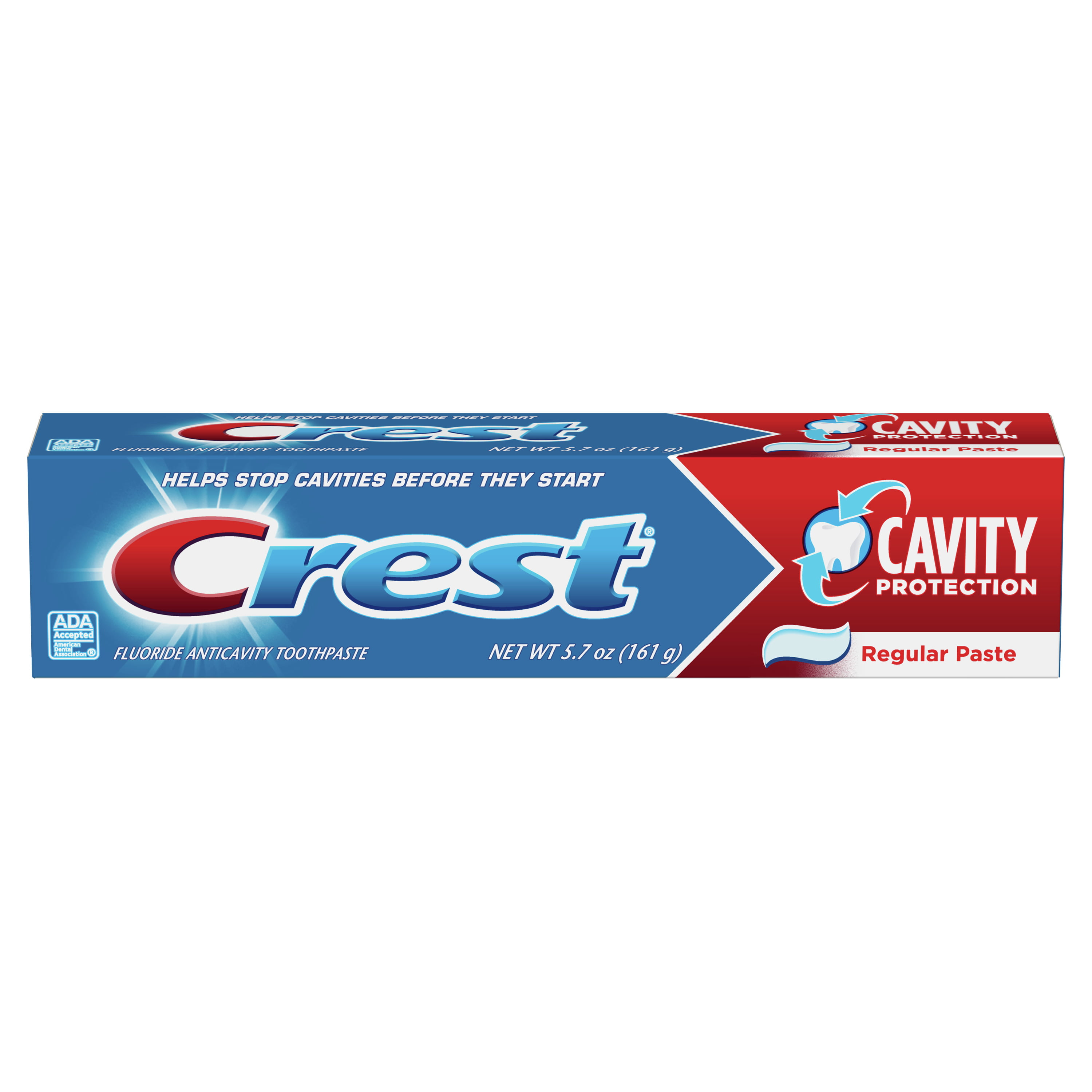
Conclusion: Weighing the Safety of Titanium Dioxide in Toothpaste
In conclusion, the safety of titanium dioxide in toothpaste remains a complex topic. Regulatory agencies deem it safe for use in cosmetics and food products. However, ongoing research raises valid concerns that consumers must consider.
Understanding the benefits and potential risks associated with titanium dioxide enables individuals to make informed choices. Each consumer’s comfort level will guide their decision in using products containing this ingredient.
Alternative formulations without titanium dioxide are readily available, catering to those seeking natural options. Manufacturers must embrace transparency and respond to consumers’ demand for safe, effective products.
Future research will play a crucial role in shaping our understanding of titanium dioxide’s safety. Remaining open to new insights and developments is essential for consumers and manufacturers alike. By evaluating both benefits and concerns, individuals can ensure they prioritize their health while enjoying effective oral care products.
